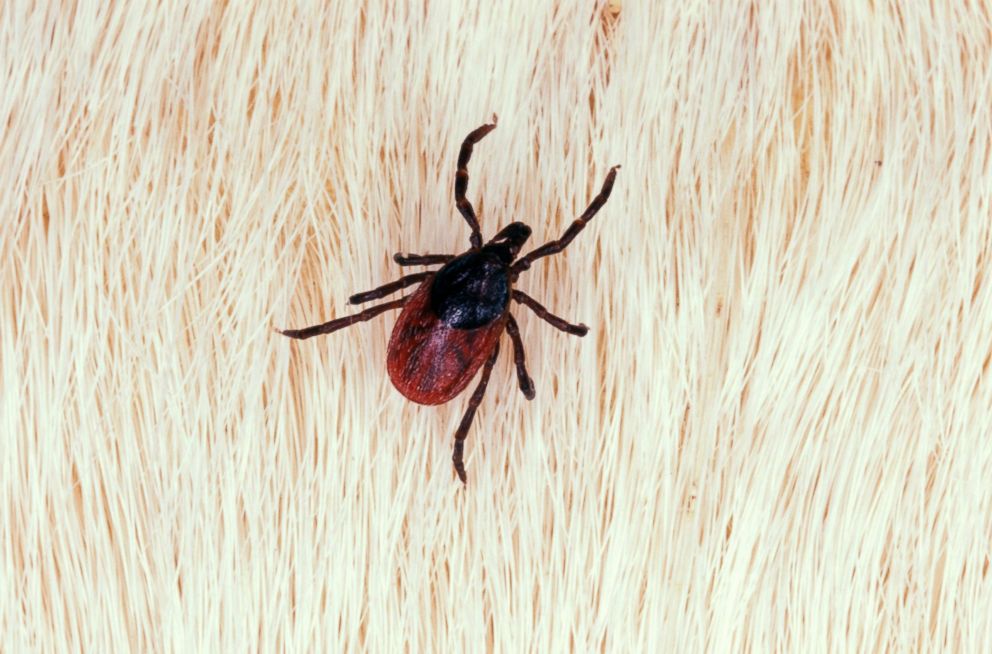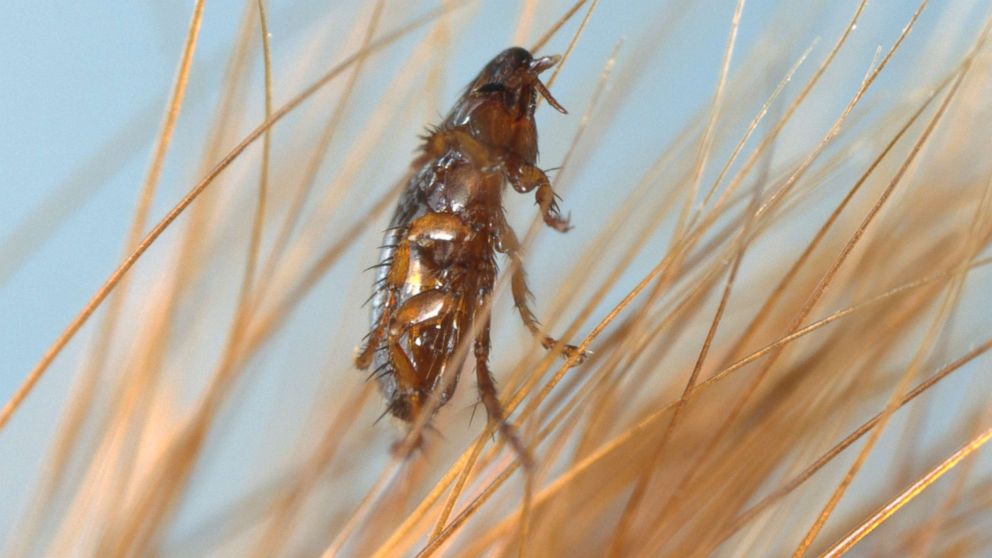How to protect yourself from bug bites this summer
The Centers for Disease Control and Prevention (CDC) reported this week that illnesses from tick, mosquito and flea bites have tripled over the past several years. More than 640,000 patients came down with diseases transmitted by bites from these three types of insects between 2004 and 2016.
Dr. Lyle Peterson, the report’s lead author, fears it’s actually worse because of unreported and unrecognized cases. The CDC estimates there are 300,000 cases of Lyme disease each year alone.
Which diseases are a problem?
The main ones are the West Nile virus, Zika, the Chikungunya virus, dengue and Lyme disease.

All are spread by mosquitoes except Lyme disease, which is transmitted to humans through the bite of an infected blacklegged tick. Zika can also be spread through sex and from a mother to her fetus.
What can we do to protect ourselves and our children this summer?
First, if you are traveling, check the CDC traveler’s health website to be aware of any outbreaks.
You can also change what you wear to keep the bugs at bay. Tuck in long-sleeved shirts, tuck long pants into socks and wear closed-toe shoes. The idea is to give the insects less chance to get at your skin. The CDC recommends bug repellent containing an EPA-registered product as a constant companion.
Are there certain times of day these bugs bite?
Depends on the bug. Ticks and mosquitoes can bite at any time of the day, but for mosquitoes carrying dengue, Zika and the Chikungunya virus, the peak biting activity is during daylight hours. Mosquitoes carrying malaria and West Nile virus are active during dawn, dusk and after dark.
Where are ticks found?
Ticks are found in grasses, woodlands, vegetated areas and along hiking trails. The range where Lyme disease is found has been expanding – it’s always been in the Northeast, but now is more common in the Mid Atlantic and Mid West.
Tick check: A must.

At the end of a day outdoors, make sure to check yourself, your children and pets. If a tick is carrying the Lyme disease virus, it has to stay attached to you for at least a day to transmit it, so feel your scalp, look in the folds of your body and get them off you and yours.
The best method is to find fine-tip tweezers or forceps and pull the tick slowly and in a continuous motion, being careful not to squeeze the body. Don’t twist the forceps/tweezers as this can lead to leaving the tick's mouth in the skin. And don’t squeeze the tick – that pushes liquid into the wound.
Sunny Intwala, M.D., is a third-year cardiology fellow affiliated with Boston University School of Medicine who works in the ABC News Medical Unit.




